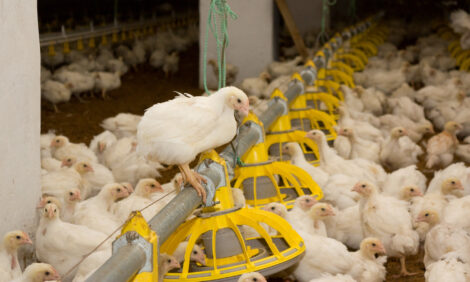



Effect of Alternative Production and Management Environments on Layer Reproduction System Development
Physiological impacts on the reproductive capacity of hens housed in battery cages, cage-free and free-range systems were similar, according to a new study from the US. Free-range birds had less healthy oviducts than those kept in the other systems.Three different production environments were evaluated for their impact on laying hen reproduction by assessing the ovary and oviducts for the presence of physiological variations by Kenneth E. Anderson and colleagues at North Carolina State University. Their paper has been published recently in International Journal of Poultry Science.
They included three environments: free-range (FR=60), cage-free (CF=55) and battery cage (BC=50). The ovaries and oviducts from these hens were collected and weighed during necropsy, then stored in a freezer at -20°F for later analysis.
The analysis included the oviduct length and the number of Post-Ovulatory Follicles (POFs), atretic follicles, hierarchical follicles (H = 12-40 mm), small yellow follicles (SY = 5-12mm), large white follicles (LW=2-5mm), small white follicles (SW=<2 mm) and tumour numbers if present on each ovary.
Free-range hens had significantly heavier oviduct weights, at 19.4 and 13.5 per cent heavier than oviducts of battery cage and cage-free hens, respectively.
The free-range hens also exhibited an increased presence of tumours as well as an increased frequency of multiple tumours on the oviducts.
Hens housed in the free-range and battery cage environments had more LW follicles than the cage-free hens. In addition, the free-range hens had a significantly smaller number of SW follicles when compared to the battery cage hens.
Contrary to the popular belief that birds raised in free-range or cage-free environments provide healthier production alternatives than conventional battery cages, this study does not suggest that there is a significant physiological impact on the reproductive capacity of hens housed in these different production environments. However, oviduct health appears to be better in the battery cage and cage-free environments.
Reference
Klein A.N., K.E. Anderson and J.B. Golden. 2013. Effect of alternative production and management environments on layer reproduction system development. International Journal of Poultry Science 12 (4): 251-253.
July 2013









